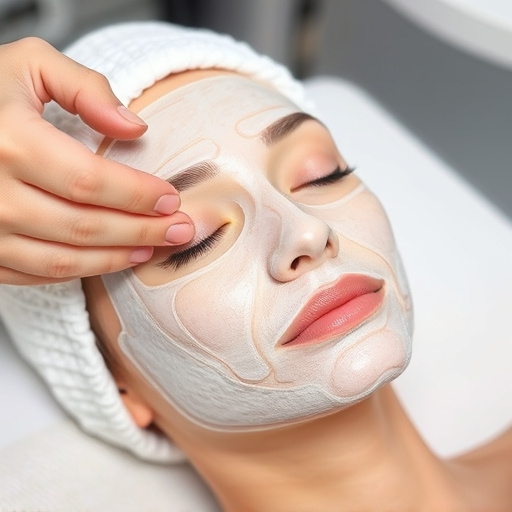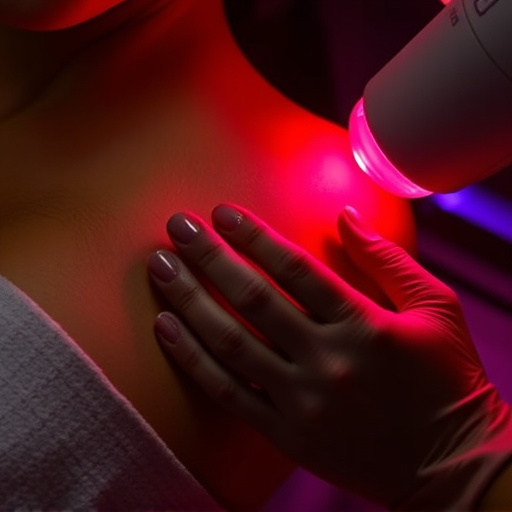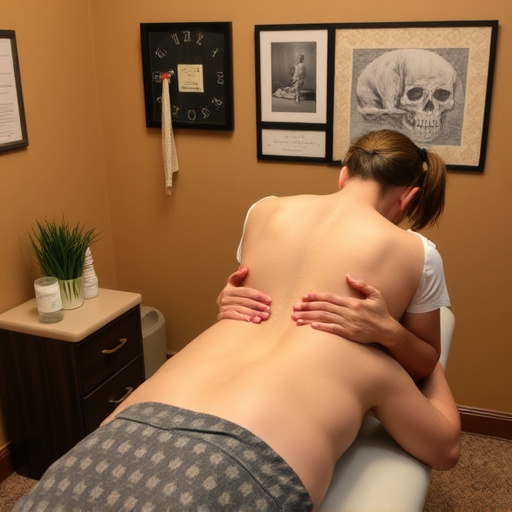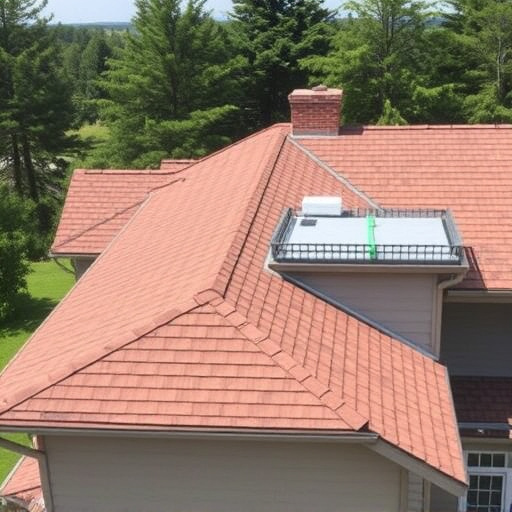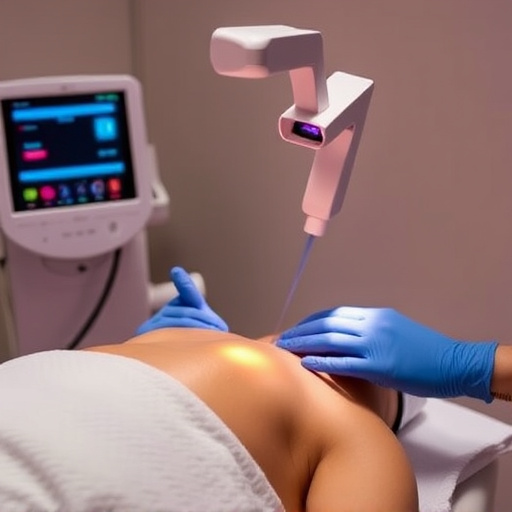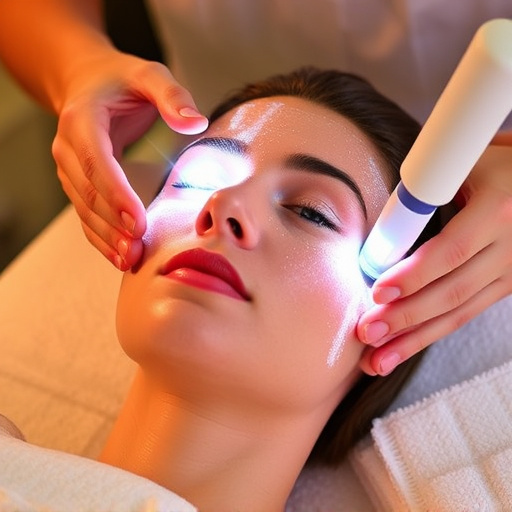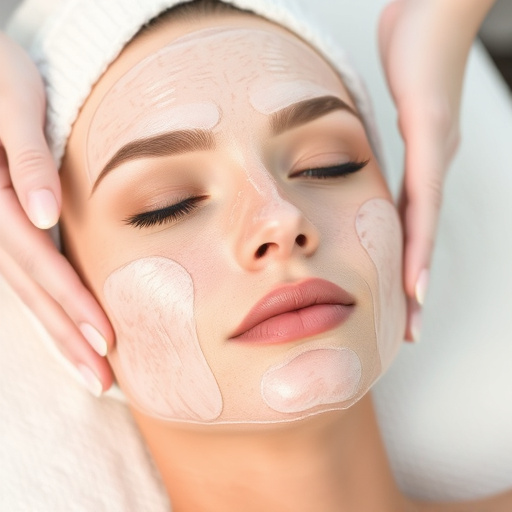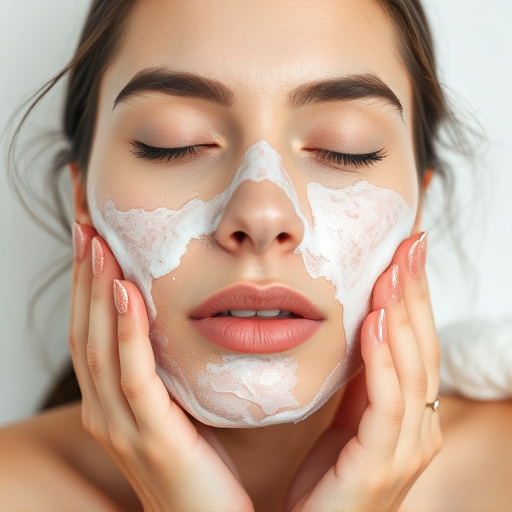Scar reduction therapy involves combining treatments like microneedling, laser therapy, and chemical peels to stimulate collagen production, improve skin texture, and address various scar types. This multi-modal approach enhances results over traditional methods, offering individuals smoother, even skin and boosted confidence.
“Scar reduction therapy is a rapidly evolving field, offering hope for those seeking to minimize the appearance of scars. This comprehensive guide delves into the intricate process of scar formation and its impact on individuals’ self-esteem. We explore effective treatment modalities, ranging from advanced topical solutions to innovative surgical techniques, each playing a pivotal role in scar reduction. Furthermore, we emphasize the power of combined therapies, where multiple treatments are seamlessly integrated for optimal results.”
- Understanding Scar Formation and Its Impact
- Exploring Effective Treatment Modalities for Scar Reduction
- Combining Therapies: A Comprehensive Approach to Scar Management
Understanding Scar Formation and Its Impact
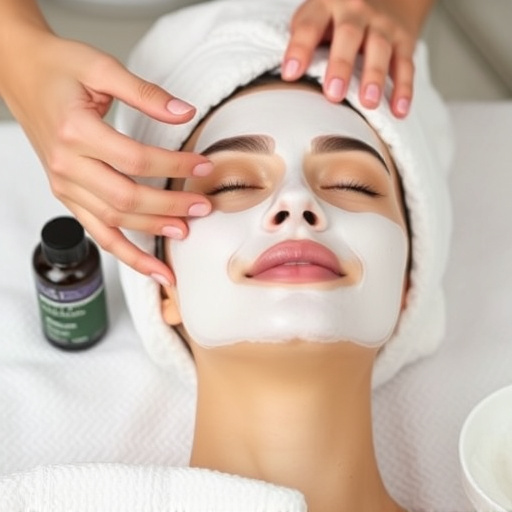
Scar formation is a natural part of the healing process after an injury or surgery, but it can lead to noticeable changes in the skin’s appearance. When the body repairs itself, collagen and elastin fibers are produced to bridge the wound, resulting in scar tissue. The severity of scars varies from person to person, ranging from faint lines to raised, discolored patches. Understanding this process is crucial when considering scar reduction therapy.
The impact of scars goes beyond aesthetics. They can cause physical discomfort, limit movement, and even affect self-confidence. In many cases, traditional treatments may not provide significant results. This is where combined treatment modalities come into play, offering innovative solutions for effective scar reduction. With the right approach, including customized facials, skin tightening techniques, and pore refinement methods, individuals can achieve smoother, more even skin and regain their confidence.
Exploring Effective Treatment Modalities for Scar Reduction

In the quest for achieving smoother, more even skin and minimizing the appearance of scars, individuals often explore various scar reduction therapy options. The beauty industry has witnessed a surge in treatment modalities designed to target different types of scars, from surgical and acne scars to those caused by trauma or aging. Among these, microneedling therapy stands out for its ability to stimulate collagen production, enhancing skin texture and reducing the depth of scars over time. This non-invasive procedure involves pricking the skin with tiny needles to trigger a healing response, leading to improved skin elasticity and a reduced appearance of scars.
Complementing microneedling therapy are other effective approaches like hydrating facials and skin brightening treatments. Hydrating facials cater to dry or damaged skin by infusing it with rich nutrients and humectants, fostering a healthier environment conducive to scar reduction. Skin brightening treatments, on the other hand, target hyperpigmentation associated with certain types of scars, helping to even out skin tone and enhance overall radiance. By combining these treatment modalities, individuals can tailor their scar reduction therapy to suit their specific needs, achieving more substantial and lasting results in the journey towards smoother, more confident skin.
Combining Therapies: A Comprehensive Approach to Scar Management
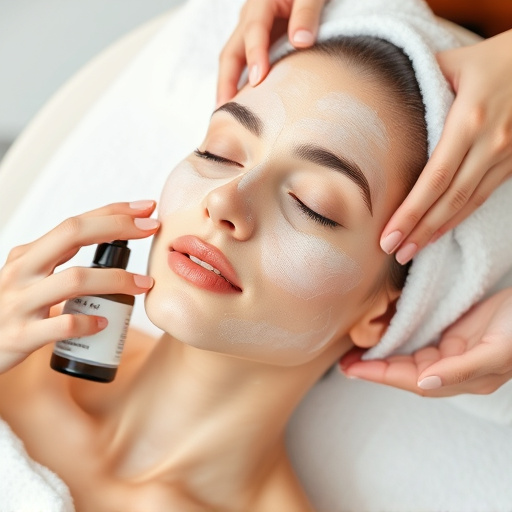
Combining different therapies offers a comprehensive approach to scar management, tailored to address various types and severities of scars. This multi-modal strategy leverages the unique benefits of each treatment modality to enhance results and promote skin rejuvenation. For instance, microneedling therapy can stimulate collagen production, improving skin texture and reducing appearance of atrophic scars. Simultaneously, non-surgical treatments like laser therapy or chemical peels can resurface the skin, minimizing hypopigmentation and enhancing overall skin tone.
By integrating these techniques, scar reduction therapy becomes more effective and personalized. Each patient’s unique needs are considered, ensuring optimal outcomes. This holistic approach not only reduces visible scars but also boosts confidence and improves quality of life for individuals seeking flawless, scar-free skin.
Scar reduction therapy using combined treatment modalities offers a comprehensive solution for managing scars, addressing their formation and impact through various effective methods. By integrating different therapeutic approaches, this strategy provides a tailored and enhanced route to achieving smoother, less noticeable scars. As research continues to evolve, the future of scar reduction looks promising, with even more advanced techniques on the horizon.

